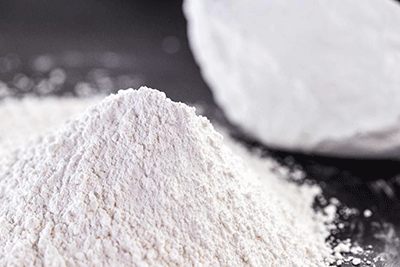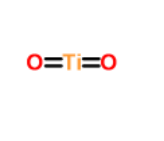


| Item | Index |
|---|---|
| Appearance | White powder |
| TiO2 content | ≥98.3% |
| Moisture content at 105℃ | ≤0.5 |
| PH | 7.0-8.5 |
| Residue on sieve of 45μm | ≤0.03% |
| Color(L*) | ≥95.0% |
| Oil absorption, g/100g | ≤26g/100g |
| Resistivity | ≥20Ω·m |
| Inorganic coating | Alumina, Phosphate |
| Organic treatment | Not present |
| Key features: |
1)Excellent whiteness and glossiness 2)Favorable covering power and lightening power 3)Good dispersion, low oil absorption |
| Recommended applications: | 1)Interior wall coating 2)interior plastic pipe, film, rubber, leather, paper, and other fields. |
| Packing | In 25KG /500KG /1000KG bag or as per customer’s requirement |
|---|---|
| Storage | This product should not be stored outside or exposed to temperature extremes or to moisture.
To ensure optimum performance, it is recommended that the product is used on a first in, first out basis from receipt of shipment. |
Tel: 0086-25-52397808
E-mail: info@titanium-dioxide.net


| Common Names | TITANIUM DIOXIDE | ||
|---|---|---|---|
| Structure |

|
||
| CAS No. | 13463-67-7 | Boiling Point (℃) | 2900 |
| Molecular Weight | 79.866 | Melting Point (℃) | 1840 |
| Appearance | white powder | Bulk density | 3.84 |
| HS Code | 3206111000 | Flash Point (℃) | 2500-3000 |
| Safety Phrases | S2;S25;S26;S36;S36/S37 | ||
|---|---|---|---|
| RIDADR | No hazardous good according to the regulation. | ||
| WGK Germany | NONE | ||
| Packaging Group | NONE | ||
| Hazard Class | NONE | ||
| SYMPTOMS | PREVENTION | FIRST AID | |
| Inhalation | Cough. Sore throat. Redness. Burning sensation. Itching. | Use local exhaust or breathing protection. | Fresh air, rest. |
| Eyes | Redness. Pain. | Protective gloves. | Rinse opened eye for several minutes under running water. Then consult a doctor. |
| Ingestion | Abdominal pain. Nausea. Vomiting. | Do not eat, drink, or smoke during work. Wash hands before eating. | Rinse mouth. Induce vomiting (ONLY IN CONSCIOUS PERSONS!). Refer for medical attention. |
What Is Anatase Titanium Dioxide?
Anatase titanium dioxide (TiO2) is a naturally occurring mineral form of titanium dioxide. It is one of the three main crystalline forms of titanium dioxide, with the other two being rutile and brookite. Anatase is named after the Greek word "anatasis," which means "extension," due to the elongated shape of its crystals. Titanium dioxide is an essential and versatile compound that has several applications due to its unique properties. Anatase titanium dioxide, specifically, is known for its high surface area and photocatalytic activity, which makes it particularly useful in various industries and technologies. Some of its key applications include: 1. Photocatalysis: Anatase TiO2 has the ability to catalyze certain chemical reactions when exposed to light. This property is utilized in applications such as air and water purification, self-cleaning surfaces (e.g., in self-cleaning glass), and antimicrobial coatings. 2. Solar Cells: Anatase TiO2 nanoparticles are used in dye-sensitized solar cells (DSSCs) as part of the photoelectrode. It helps convert sunlight into electricity by absorbing light and facilitating electron transfer in the solar cell. 3. UV Protection: Anatase TiO2 is used in sunscreen formulations to provide protection against harmful ultraviolet (UV) radiation by reflecting and scattering the UV rays away from the skin. 4. Pigments: Titanium dioxide is a widely used white pigment in various products, including paints, coatings, plastics, papers, and cosmetics. Anatase TiO2 is sometimes preferred in specific applications due to its unique particle properties. 5. Ceramics: It is used in the production of ceramics to enhance their properties and improve their performance in various applications.